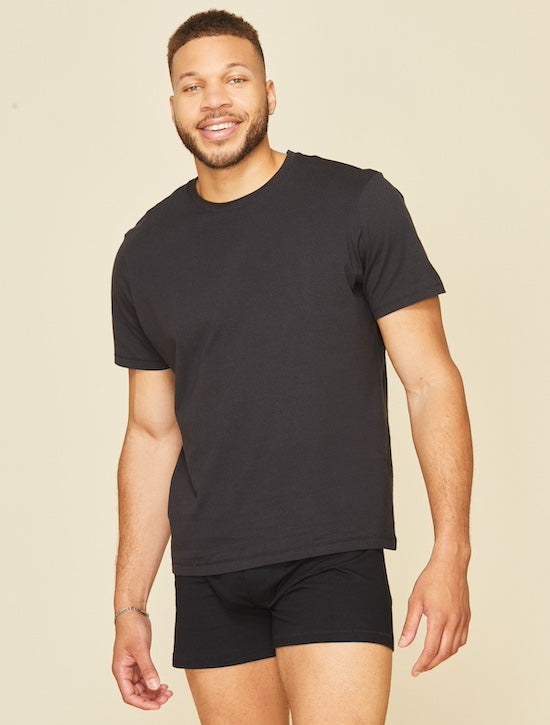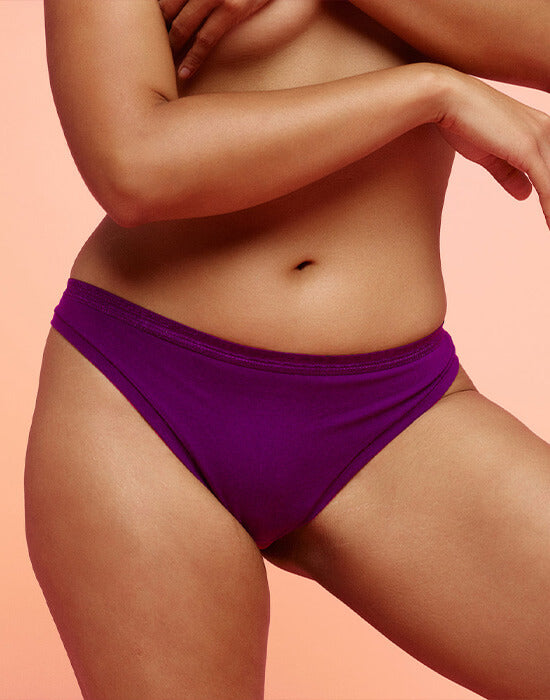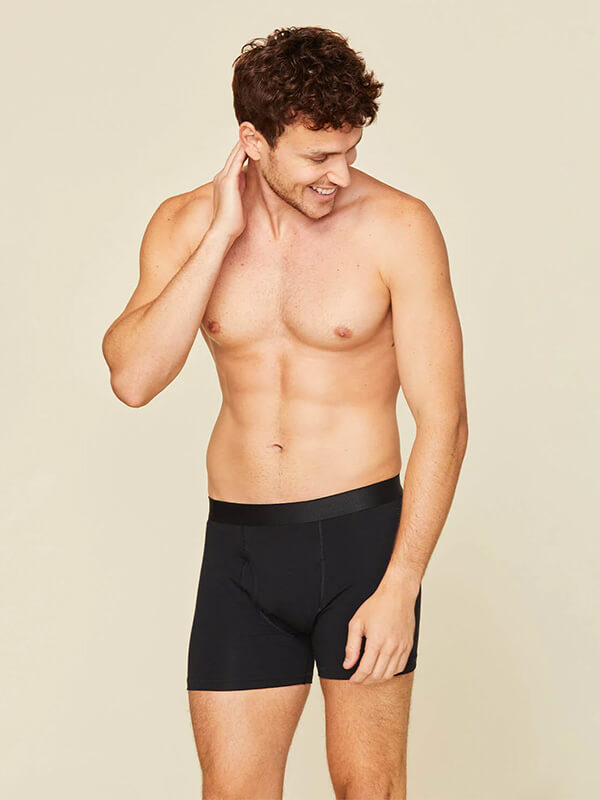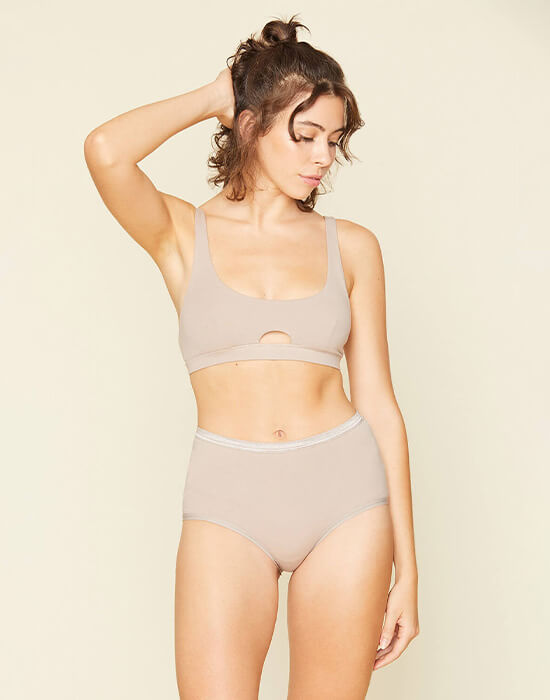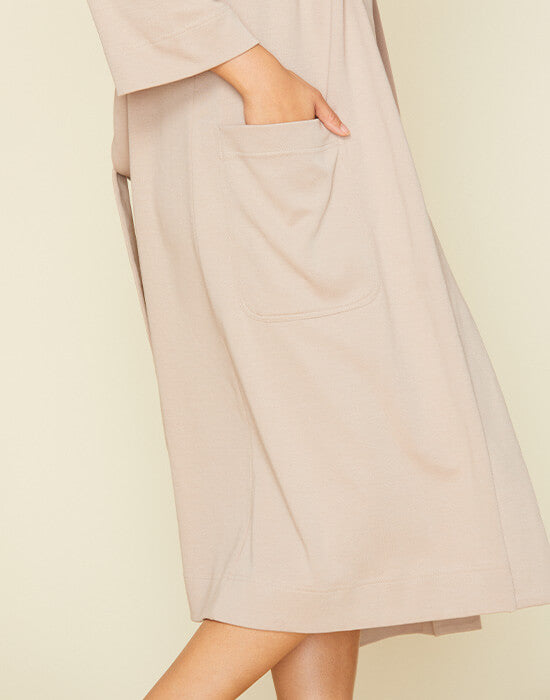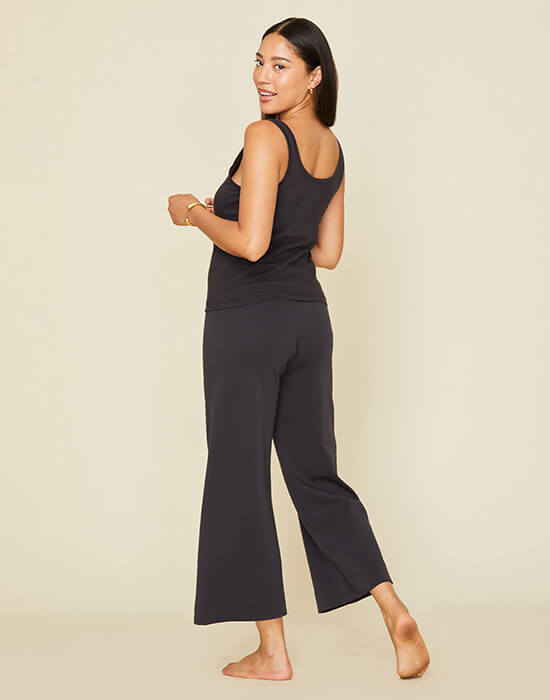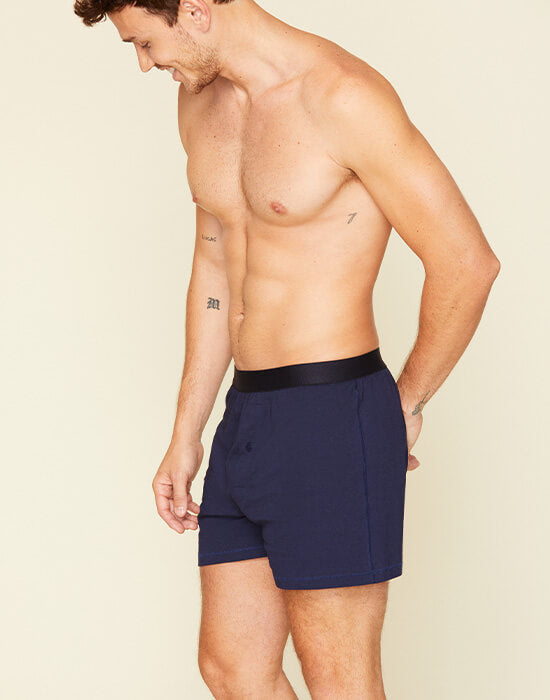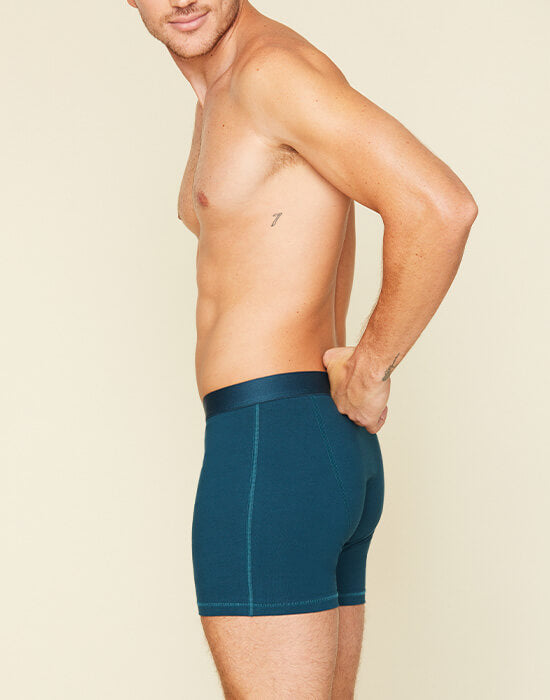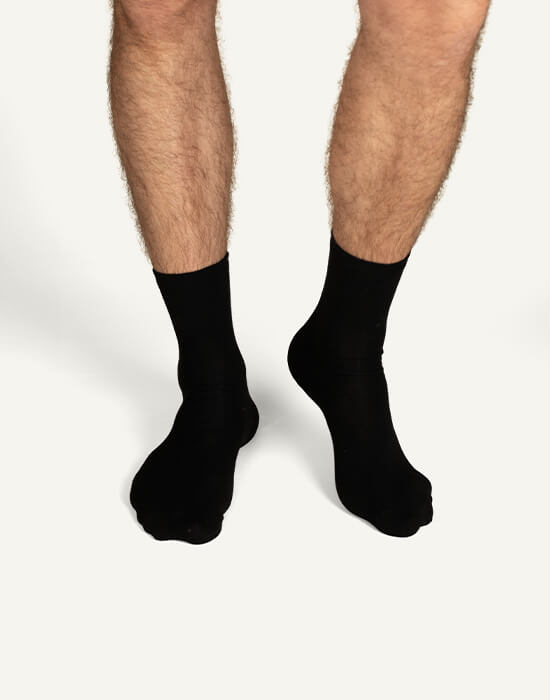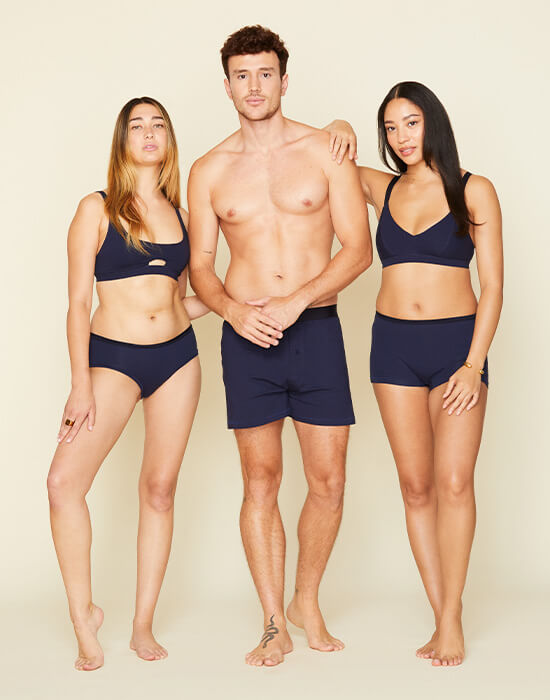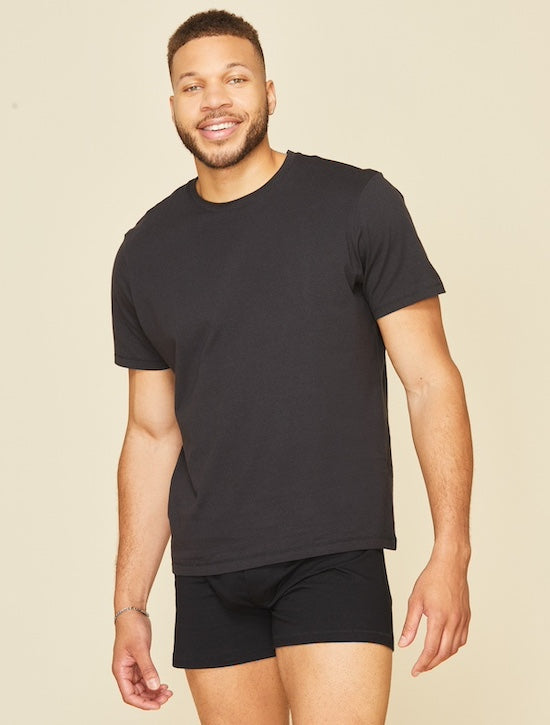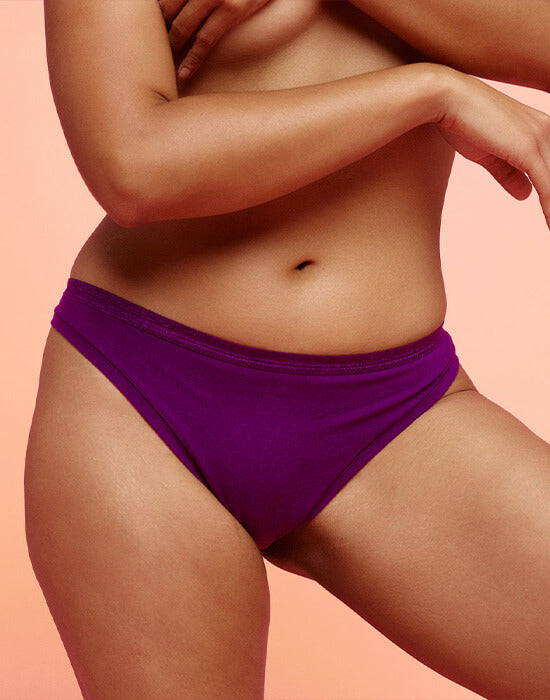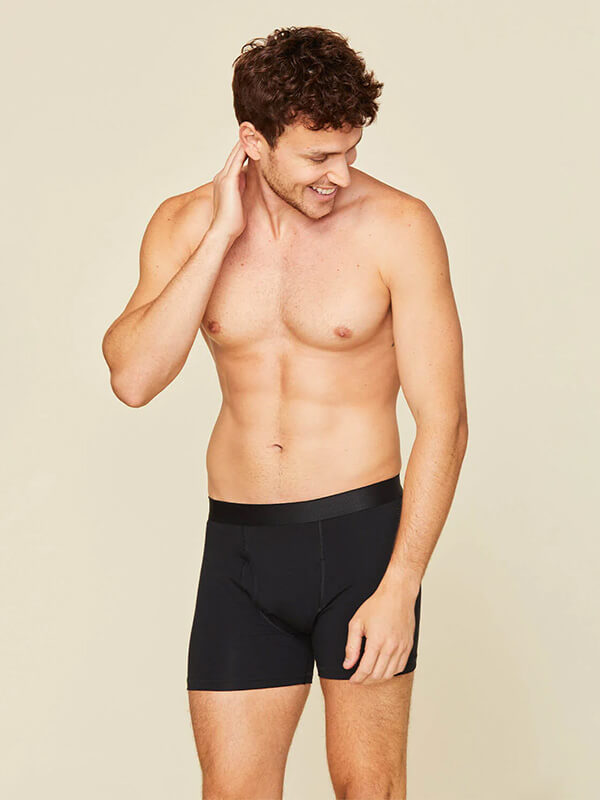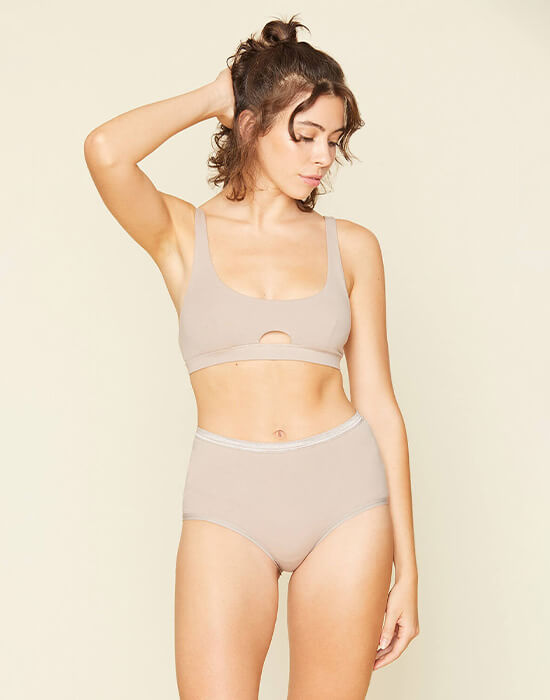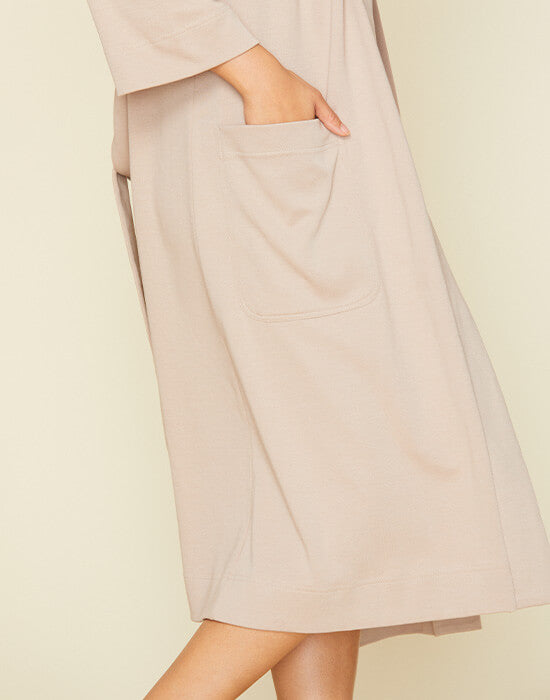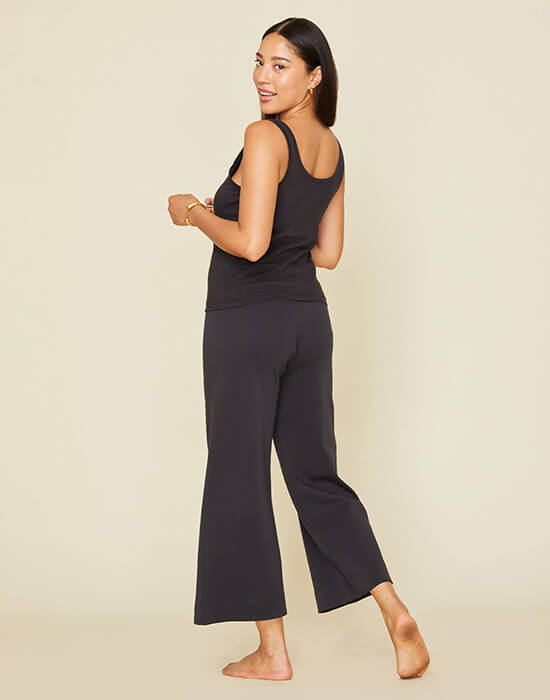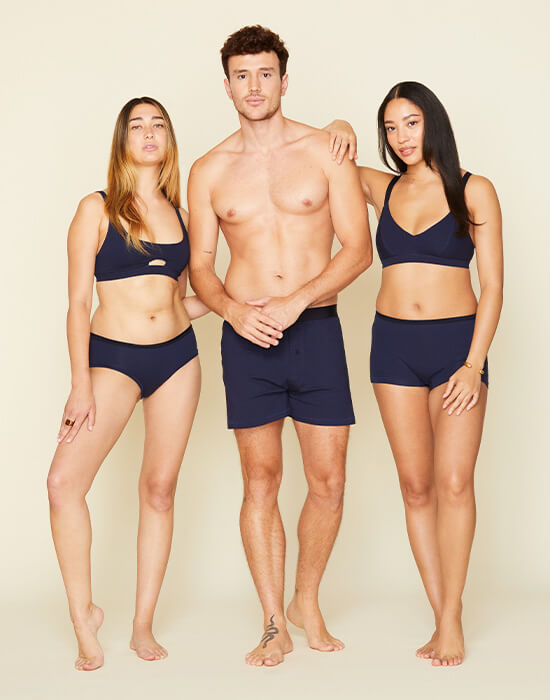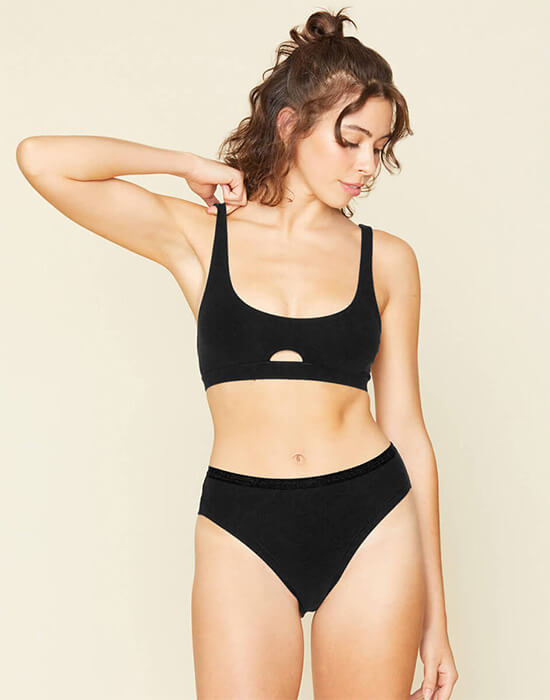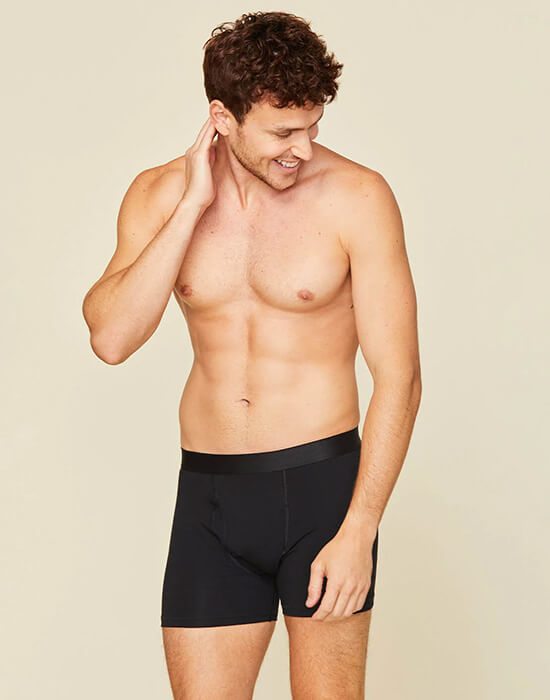Sustainable and ethical shopping has brought a lot to light, and in turn, consumers are wondering where they should start when it comes to making a positive impact on the environment. Have no fear, Knickey is here - and we’re ready to demystify the issues. Check out some starting tips and tricks below!
Shopping
The Problem:
The average human buys 60% more clothing and keeps it half as long as they used to 15 years ago.1
What Can I Do?
If you double the number of times you wear a piece of clothing, you could reduce greenhouse gas emissions by 44% - it’s a no brainer.1 Buy less, and wear more often.
Laundry
The Problem:
Synthetics fibers [like polyester and nylon] shed little plastic fragments called microfibers when they’re washed. In 2016, we released 1.3 million metric tons of microfibers and microplastics into the ocean. By weight, that’s basically 141 billion plastic water bottles...2,3
What Can I Do?
Because they have a higher chance of biodegrading in the ocean, choose organic natural fibers instead of plastics-based polyesters to reduce this concerning environmental impact, and for those must-have moisture-wicking yoga pants, grab a specialized laundry bag to prevent more microfiber mayhem.
Energy
The Problem:
Most of the environmental impact of laundry comes from energy use in heating up the water in the washing machine, and then machine drying your clothes.
What Can I Do?
Switching from hot water to cold could prevent up to 864 lbs of CO2 from entering the atmosphere every year.4 Easy peasy. And if you really want to go for gold, use a low-impact organic detergent and hang dry.
Not only do dryers pose potential damage for your goods, but they use five to ten times more energy than a washer! Hang drying truly allows us to save tons of greenhouse gas emissions each year!
Waste
The Problem:
All done - what now? In the US, over 60% of textiles discarded ended up in a landfill in 2018. That’s almost 69 pounds thrown away per person in the US, in one year!5
What Can I Do?
Little did you know, 95% of clothing that is thrown in the trash could be recycled - even your old undies.6 Recycling textiles diverts an otherwise huge waste of resources and can save tons of energy and CO2 emissions as compared to virgin material production - win, win, win. Did you know Knickey will take your old undies, tights, socks, and bras? Read more about our industry-changing Recycling Program and be part of the solution.
Footnotes
- “Style that's sustainable: a new fast-fashion formula.” Mckinsey. 20 October 2016. https://www.mckinsey.com/business-functions/sustainability/our-insights/style-thats-sustainable-a-new-fast-fashion-formula
- Breaking the Plastic Wave: A Comprehensive Assessment of Pathways Towards Stopping Ocean Plastic Pollution.” PEW Charitable Trust, 2020, https://www.pewtrusts.org/-/media/assets/2020/07/breakingtheplasticwave_report.pdf
- Weight of water bottles decreases, while recycled content increases.” Recycling Today, 20 October 2015, https://www.recyclingtoday.com/article/water-bottle-weight-decreases-recycled-content-increases/
- The Future is Clean: 2019 Sustainability Report.” American Cleaning Institute, 2019, https://www.cleaninginstitute.org/sites/default/files/documents/2019ACISustainabilityReport.pdf
- Textiles: Material Specific Data.” Environmental Protection Agency, Accessed 14 October 2021 https://www.epa.gov/facts-and-figures-about-materials-waste-and-recycling/textiles-material-specific-data
- “Textile Reuse & Recycling”. New York State: Department of Environmental Conservation. https://www.dec.ny.gov/chemical/100141.html



